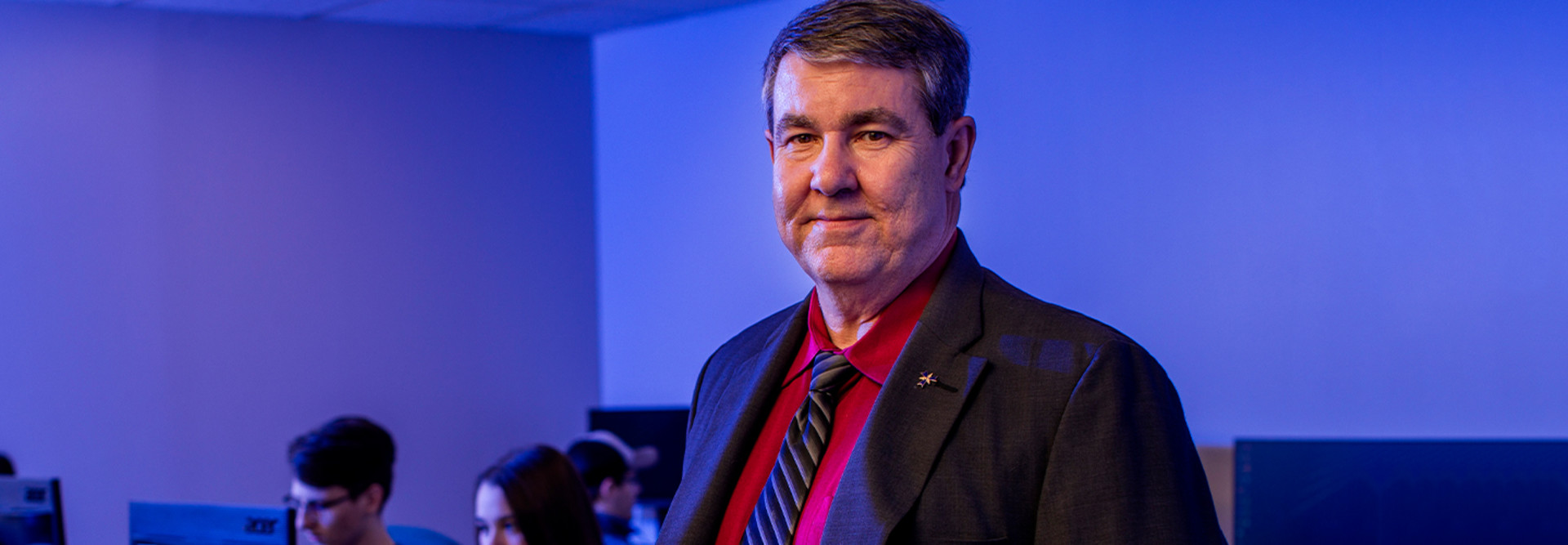Colleges and Universities Invest in Cybersecurity Training
In 2019, Rose State received an $880,000 grant from the Commerce Department’s U.S. Economic Development Administration to build a cybersecurity training center. This augments an already robust cyber infrastructure.
“We buy the higher-end equipment so that it works,” Dewey says. “I have a project going on right now where students are learning how to break passwords, and if you don’t have a powerful enough machine, you’ll never get the project completed. If you buy a $300 laptop, compared with a $2,000 laptop, it’s going to be a night-and-day difference in completing the projects we assign to them.”
The current IT deployment also supports a “cyber lounge” where students can tinker with different hardware components. “That includes things like the FRED, the Forensics Recovery of Evidence Device. It’s a super powerful machine that has every connection possible, and tons of memory,” Dewey says. The current lab has three FREDs, and the new lab will have six more.
In the new lab, “there will be a lot of new Cisco equipment, because we are expanding our networking and our Cisco course options. We’re going to have more wireless connectivity in there, not just for the students to use but also to teach it,” Dewey says. “We will have two points for network access in the lab, plus two that we will be using for the students to learn how to configure. It’s going to be a really hands-on lab environment.”













